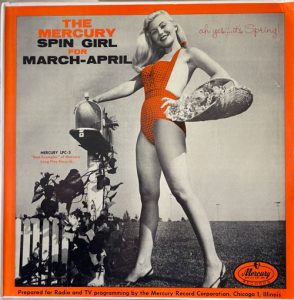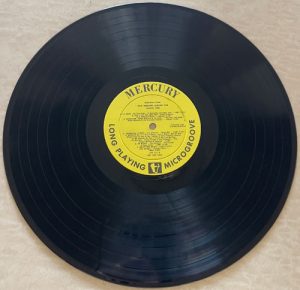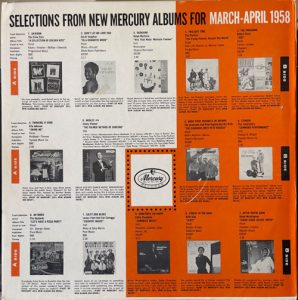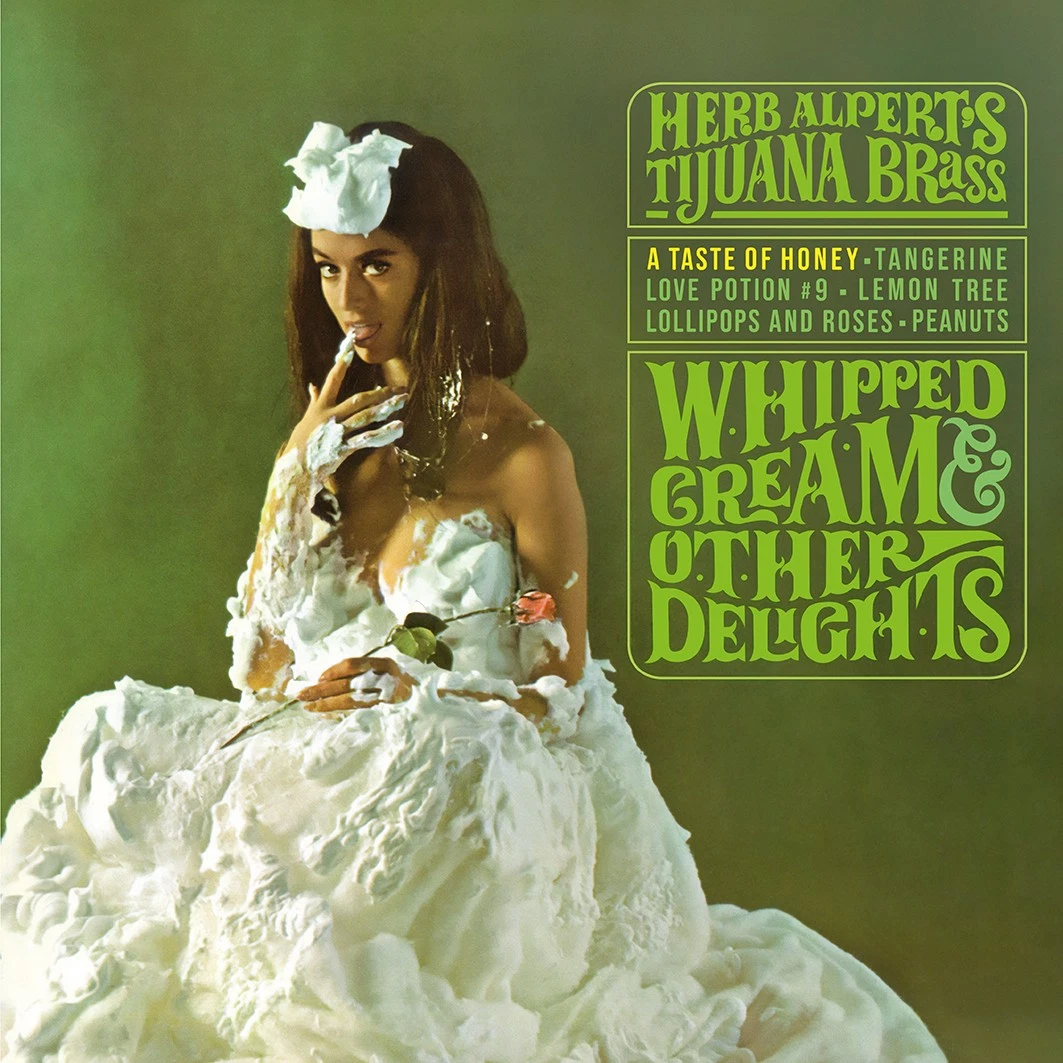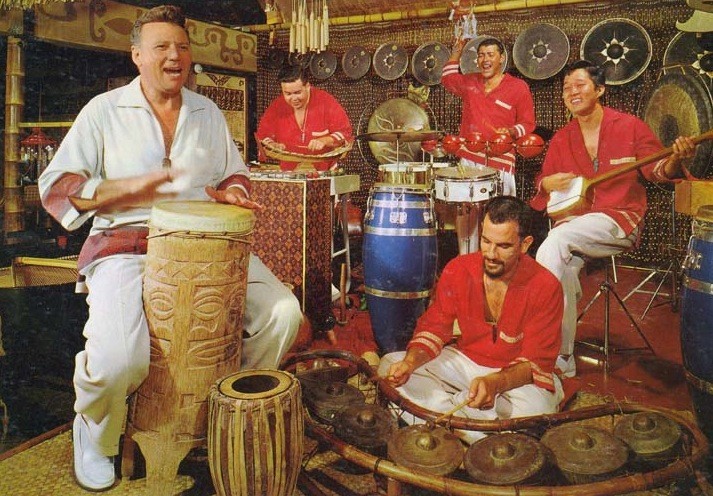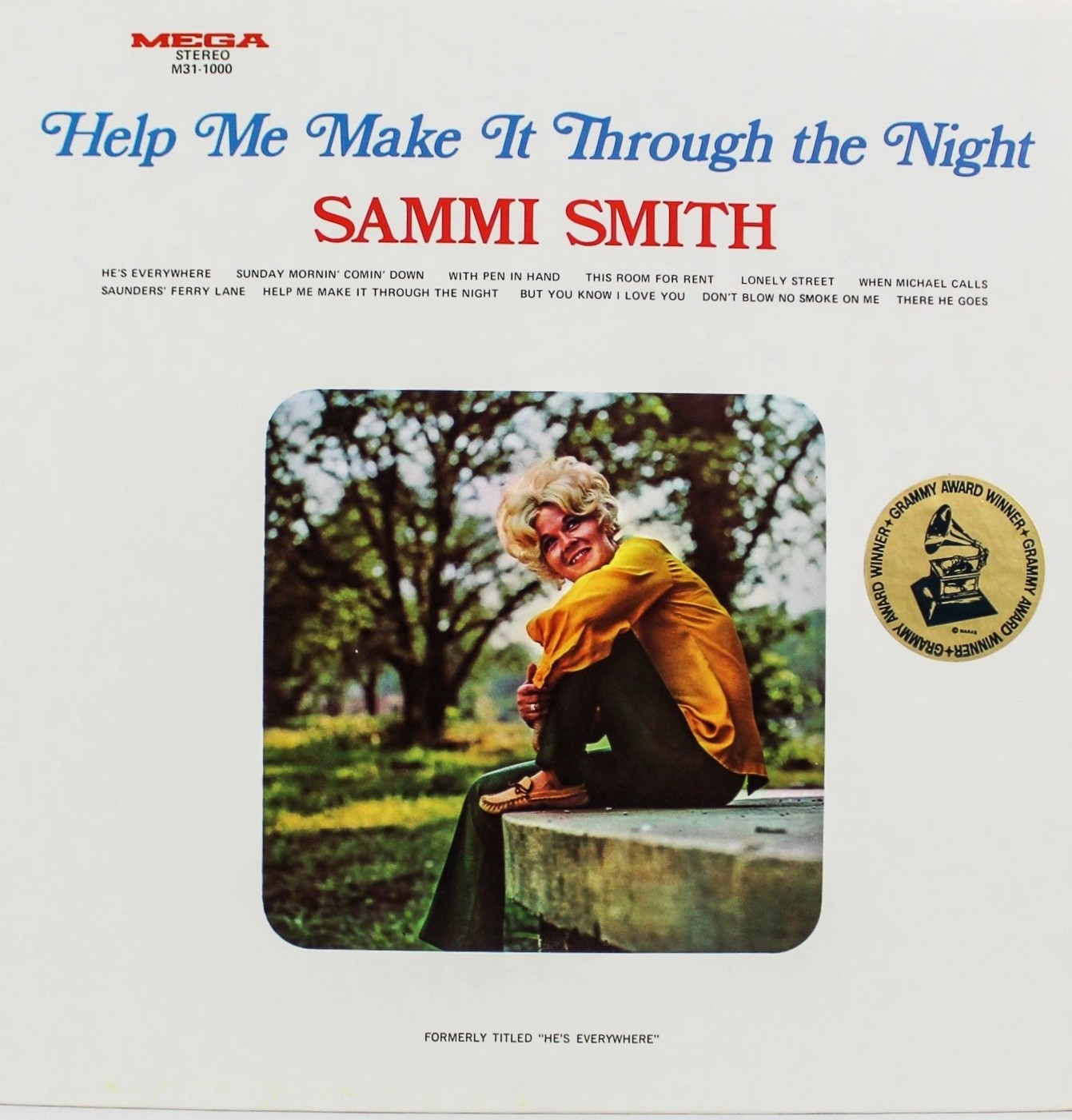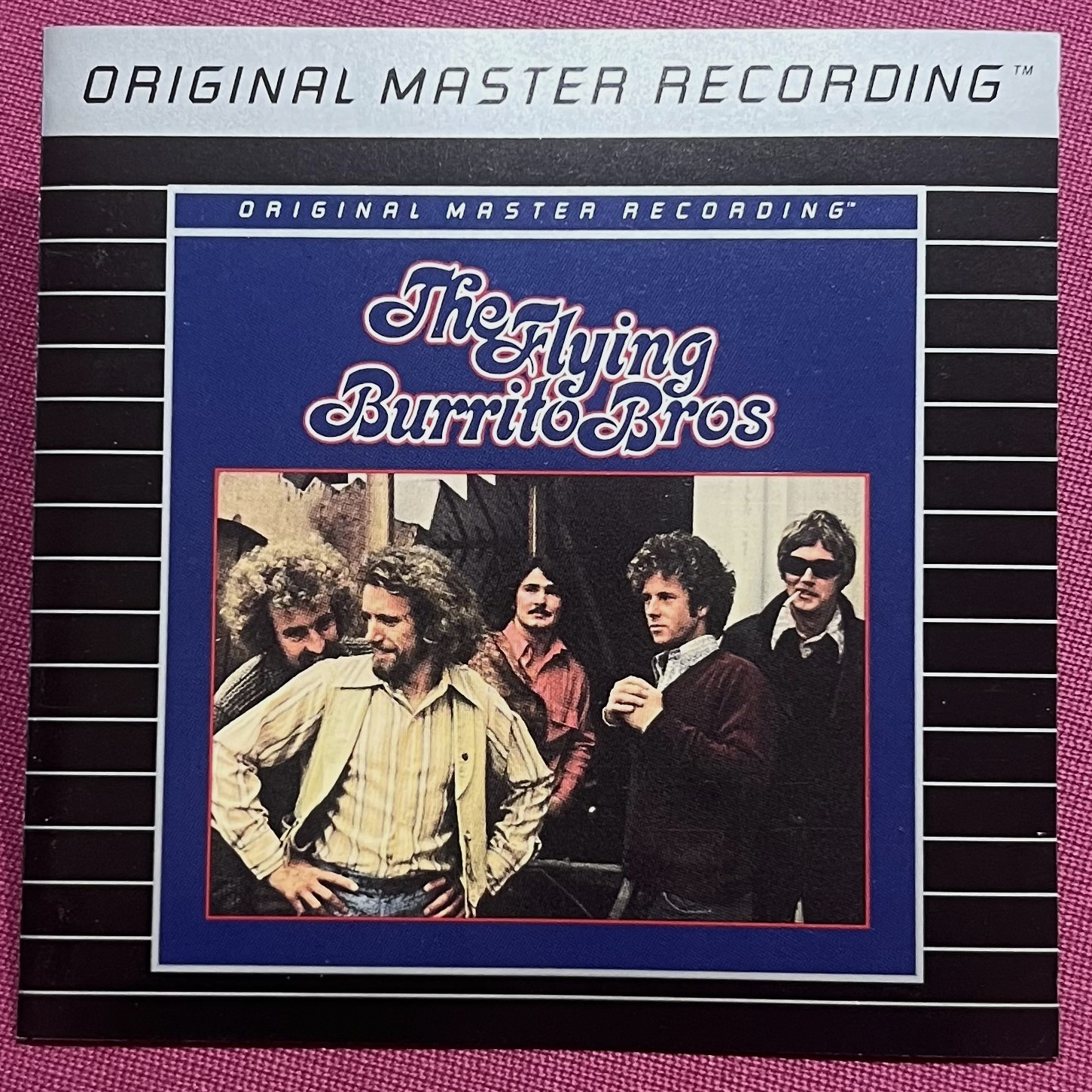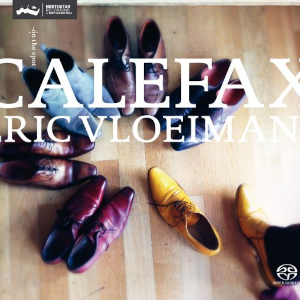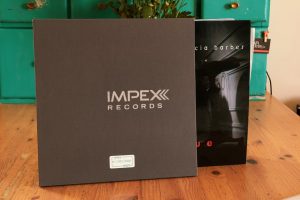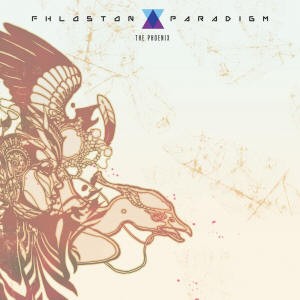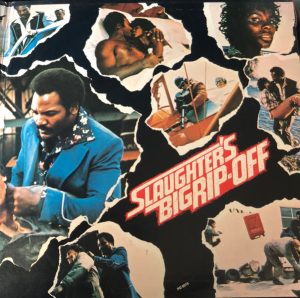There are many reasons to collect records, and the best and most common reason is for the music. However, if you also care about sound, and you own a high end audio system, the sound can be, as it is to me, just as important. You can also collect LPs like people collect stamps and coins, for the scarcity and monetary value. Another reason is for the artwork, and I've bought many records just for the artwork on the jackets. When it comes to 50s era cheesecake photos, one of the best places to find them is on LP jackets. And I can't think of a lovelier example of 50s era cheesecake than the lovely lady who graces the front cover of Mercury's March-April 1958 Spin Girl (Mercury LPC-3).
A search on Discogs indicates that Mercury only produced three Spin Girl LPs, and all three were issued 1958. I've never seen another copy of my LP, and, as of today, not a single copy of this LP is for sale online. Holy collector's item, Batman, this is a scarce title!
Just in case you are wondering what the Mercury Spin Girl LPs actually are, they are sampler records. This particular title features bluegrass from Flatt & Scruggs, rhythm & blues from Ella Johnson and Dinah Washington, pop vocals from The Gaylords and The Crew Cuts, and a bevy of well performed, and well recorded, easy listening selections.
Side one opens with a classic from 1954, and it's none other than "Sh-Boom'' by The Crew Cuts. Like most people, I tend to prefer the higher octane version by the Chords, but the first version I knew was by The Crew Cuts. The cover version by The Crew Cuts shouldn't be overlooked. It's just as good, albeit different, and I'm crazy about John Perkins's lead vocal. The Chords make me want to cut the rug, but Perkins and his pals compel me to sing. His tenor voice, like a good tube amp, sounds deliciously effortless.
Side one cut four is a crank-it-up R&B masterpiece from 1958, and it's by singer Ella Johnson. It's called "Thinking It Over." This is my only exposure to Johnson. If you like punchy blues singles that hint at the exploding rock and roll scene, this cut is for you.
Side one closes with the bluegrass classic "Salty Dog Blues," recorded in 1950 by Flatt & Scruggs. If you're familiar with their supercharged version on their indispensable Live At Carnegie Hall (Columbia CS 8845), this version comes off very different. The 1950 version is equally enjoyable, and it's also an important part of bluegrass history.
Side two opens with the 1958 classic "Twilight Time" by The Platters. I've been in love with The Platters ever since I bought the American Graffiti soundtrack when I was 13. The song is awesome, the backing strings and the drummer are awesome, and Tony Williams' lead vocal is, and I'll say it again, awesome.
I used to own the LP that side two cut two comes from. The song is "The Parisians," the album is Gigi (Mercury SR 60042), and the singer is Robert Clary (1926 - 2022). If you're a 60s TV buff you know Clary as the short guy from Hogan's Heroes. A trip to Discogs and two trips to YouTube showed me that he was prolific record wise. The mono sound is excellent, and if you don't have this LP in stereo you'd never hear what's missing. Robert Clary didn't make indispensable records, but what he did make was easily enjoyable pop records, and this cut is from one of them. The recording was made in 1957.
Side two cut four is the only genuine jazz cut on the album. It's called "Stinger," and it's by the Jazz Pickers with Red Norvo on vibes. I love this cut, and I had no idea that Harry Babison and his Jazz Pickers made an album for Mercury, but now I know that it was recorded in 1957. I've been in love with Harry Babison And His Jazz Pickers (Mode LP 110) for 20+ years.
Side two closes with the best sound on the album, and it's a killer 1958 recording by the incomparable Dinah Washington. On this particular occasion Dinah is singing "After You've Gone." It's hard to beat Frankie Laine's swinging version, but Dinah's bluesier/other-side- of-the-coin version is nothing short of I-can't-lift-the-tonearm wonderful.
Regarding the vavavoom cover, any record collector would jump through hoops to acquire it. Apparently, the Spin Girl LPs were only sent to radio stations. What a waste. I found my copy in the mid 90s at an estate sale. For years I didn't even play it, because I assumed it would sound bad. I'm so glad that about ten years ago I decided to see what the beautiful lady with the long blond hair was hiding inside her LP jacket.
The monaural sound of this album is excellent. It's tonally correct, fairly dynamic, and easy to enjoy. My Grado Reference cartridge loves it, and so will you.




